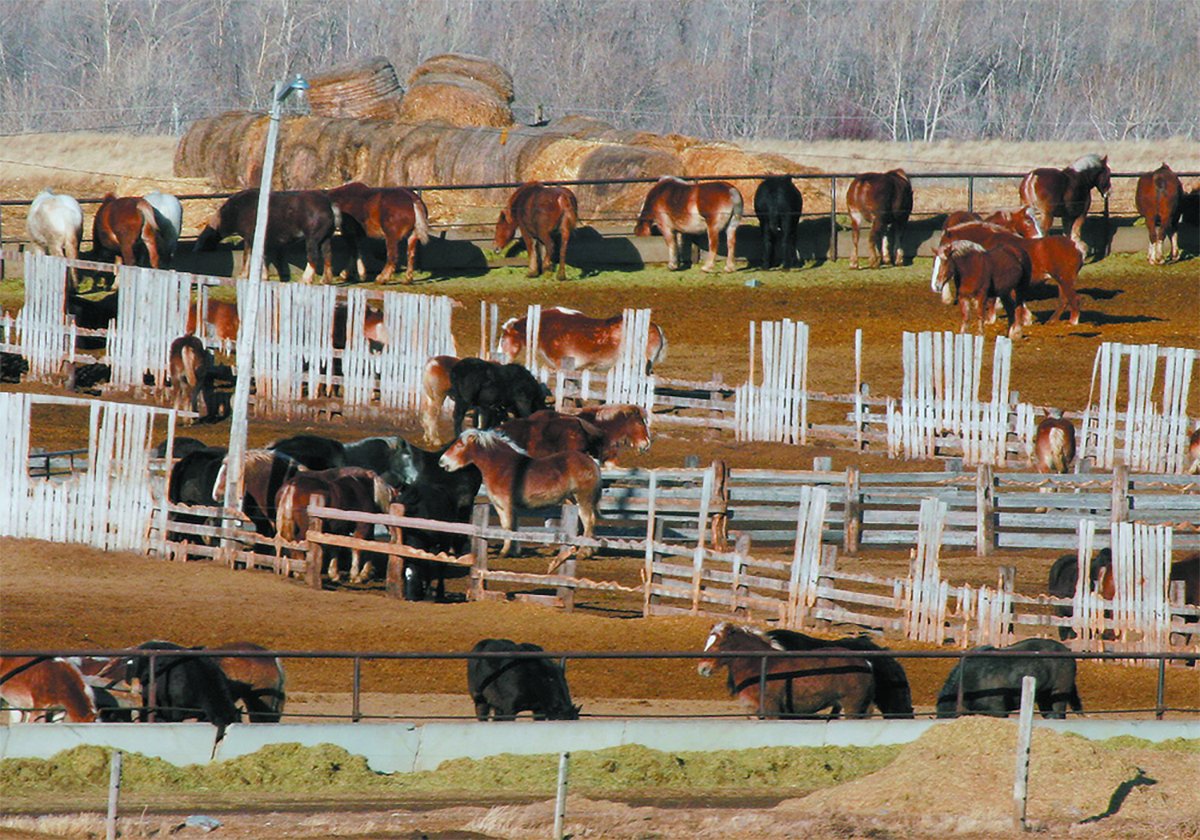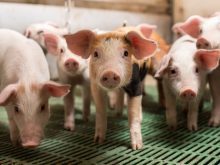REGINA – The family that shows together, stays together.
That is the philosophy of Horacio and Roberta Rolica who crisscross North America showing their purebred Highland cattle.
For Roberta, who was attending her first Canadian Western Agribition last month, the social aspect of the show ring has been the most rewarding.
“It has given us the opportunity as a family to do something together.”
She enjoys the people as much as the animals and has always felt her children were in a safe environment while they were involved with the cattle.
Read Also

Canada’s slaughter horse industry lacks transparency
The lack of clear reporting and public access to data keeps the industry largely hidden, leaving questions about humane treatment and traceability unanswered.
“Everybody knows what work is.” When she compares the cost of keeping children in hockey or figure skating, she decides the family got their money’s worth attending cattle shows.
The show enthusiast of the family is 19-year-old Catie, who keeps 20 Highlands among her parents’ herd of 40.
This fall she showed the grand champion bull and female at the Royal Winter Fair in Toronto and jumped at the chance to bring her animals on a three-day trip from the farm at Kerwood, Ont., to Regina. Her cattle were exhibited during the supreme championship on the final day of Agribition.
The Rolica family came late to farming. Horacio is an engineer and Roberta is a 911 dispatcher. About 10 years ago they decided they wanted some people-friendly cattle and started investigating possible breeds.
“We had a small farm and we wanted to add something to it,” said Catie who is a pre-veterinary medicine student in Nova Scotia.
“We wanted some cows that weren’t going to die on us if we did something wrong.”
They chose five Highland cows, an old breed of Scottish cattle known for a shaggy, copper-coloured coat and sweeping horns.
The Rolicas have no barn and keep the cattle in a three-sided shelter and bed them well with straw. Winters in their area are cold with plenty of deep snow. So far, the hardy little cattle have done well for them.
As new breeders who knew nothing about cattle, the early days were nerve wracking.
When the first calf was due, Roberta and Catie sat in the rain for three hours watching their new cow in the pasture, waiting for something to happen. They finally gave up and when they came back the next day, the calf was on the ground and the cow ignored them.
Catie took to the cattle right away, joined 4-H and learned to groom and show in 1994. In her first year she had a good young heifer that took her to the top of its class.
“When you do good, you’re hooked,” she said.
Now she and her parents attend about 20 shows a year from the Western National Stock Show in Denver, Colorado, to the New York State Fair as well as Canadian events.
Time is taken away from university and jobs, using weekends and vacations to travel the show circuit, which the entire family has found addictive.
Besides showing, they have developed a private meat trade and sell everything they have available to local customers. The cattle are finished on grass and the steers do not receive growth hormones. They generally grade AA with a low level of back fat and high dressing percentage of red meat.
“They don’t have as much leg on them, so they have a bit higher cutability but not much outside fat,” said Roberta.
These cattle originated in the Highlands and west coast islands of Scotland where they were bred to survive the harsh climate of the north and still produce good beef.
The breed was formally established in Scotland in 1884. Scottish settlers imported them to Canada shortly after that where they ended up in Ontario and eventually came to Saskatchewan by the 1920s.
The Canadian Highland Cattle Society was incorporated as a breed association in 1964. All registered animals must be from purebred parents. No breeding up is accepted.
However, Scottish breeders did combine Shorthorns with Highlands to develop the Luing breed, a moderate sized animal with a shaggy coat.
Mature bulls can weigh up to 2,000 pounds and cows weigh about 1,100 lb.

















